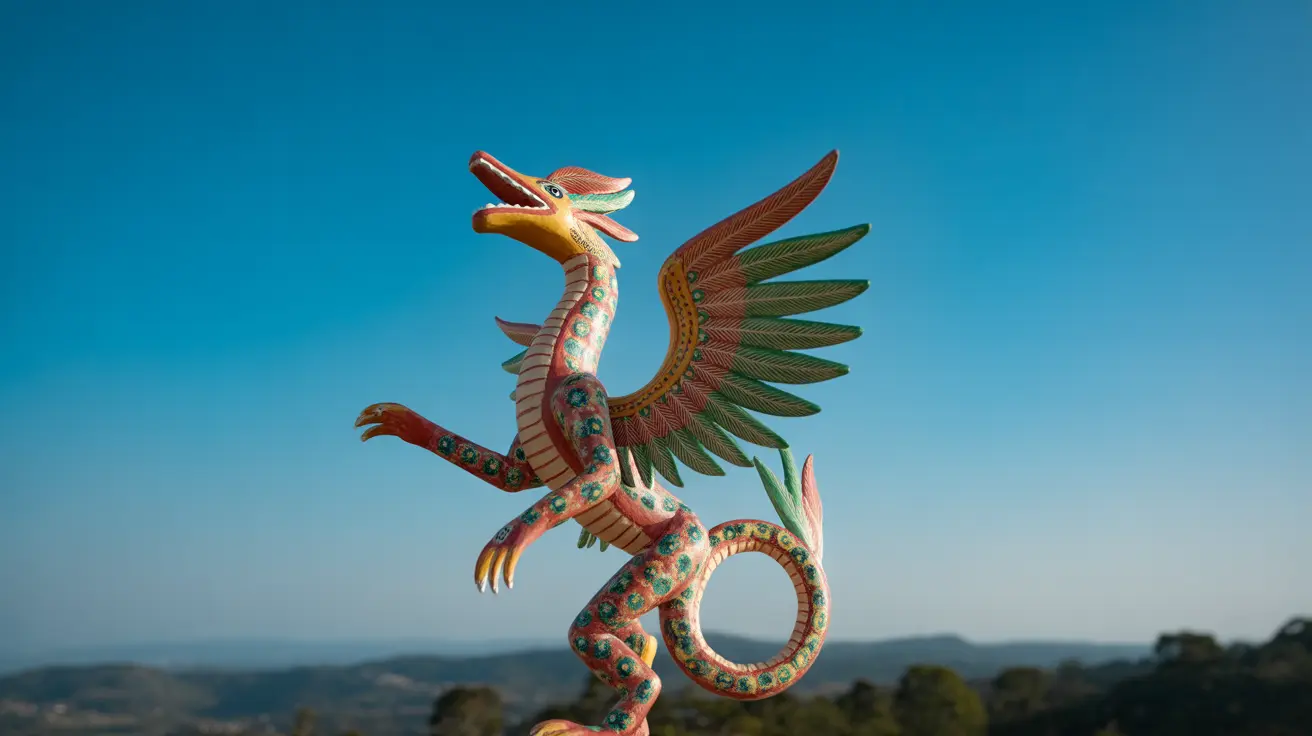White dog breeds have long captivated dog lovers worldwide with their stunning appearance and diverse personalities. From compact, fluffy companions to majestic, large guardians, these breeds offer a unique combination of beauty and character that makes them highly sought after as family pets.
Whether you're considering adding a white dog to your family or simply fascinated by these magnificent creatures, understanding their distinct characteristics, care requirements, and temperaments is crucial. This comprehensive guide will explore various white dog breeds, helping you discover which snow-white companion might be the perfect match for your lifestyle.
Small and Spirited: Compact White Companions
West Highland White Terrier
The West Highland White Terrier, affectionately known as the Westie, embodies confidence and charm in a small package. These spirited dogs combine their distinctive white coat with an assertive personality, making them excellent companions for families who appreciate a dog with character.
Westies have a playful yet sometimes stubborn temperament, thriving on human interaction and consistent routines. Weekly brushing and regular professional grooming every 4-6 weeks are important to maintain their signature white coat and prevent matting. Their strong personality responds well to positive reinforcement training, making early socialization essential to keep them well-mannered and adaptable.
Maltese
The Maltese stands out among white fluffy dogs with its elegant, silky coat and refined demeanor. These sophisticated companions excel in homes with older children or adults, offering affection and loyalty in a compact size. While Maltese dogs appear delicate, they are actually energetic and enjoy playtime and companionship.
Despite their delicate appearance, Maltese dogs are surprisingly robust and adaptable. Their hypoallergenic coat requires daily brushing to prevent matting and maintain its pristine white appearance. Regular grooming and attention to tear staining are also crucial for keeping them healthy and attractive.
Medium-Sized Marvels: Versatile White Dogs
American Eskimo
The American Eskimo, with its plush white coat and intelligent expression, exemplifies the beauty of white spitz breeds. Available in three sizes (toy, miniature, and standard), these dogs adapt well to various living situations while maintaining their spirited and friendly nature. The breed's intelligence often makes them quick learners, excelling in obedience and agility.
American Eskimos need regular mental stimulation and physical activity. Their thick coat requires frequent brushing to prevent tangles and mats, especially during shedding seasons.
Japanese Spitz
Similar to their American cousins, Japanese Spitz dogs combine a magnificent white coat with an adaptable temperament. Their manageable size and moderate exercise needs make them excellent choices for both apartment dwellers and homeowners with yards. Friendly and outgoing, they typically get along well with children and other pets, making them versatile family companions.
These dogs are easy to train and enjoy socializing, but they do require regular grooming to keep their striking coats in top shape.
Majestic Large White Breeds
Great Pyrenees
Among large white dogs, the Great Pyrenees stands out for its impressive size and gentle disposition. These natural guardians combine protective instincts with a calm demeanor, making them excellent family protectors when properly socialized. Historically bred to guard livestock, they are devoted to their family and often gentle with children.
Due to their dense double coat, Great Pyrenees require thorough brushing at least once a week and are best suited for homes with spacious yards. Early training and socialization are important to ensure their guarding instincts are directed appropriately.
Samoyed
The Samoyed's famous smile and thick white coat make it one of the most popular white dogs. Known for their friendly Samoyed temperament, these dogs excel in active families who can provide regular exercise and mental stimulation. Samoyeds are highly social, affectionate, and thrive in homes where they receive plenty of attention.
Samoyeds have high energy levels and a playful disposition, enjoying activities such as running, hiking, and participating in dog sports. Their luxurious double coat sheds seasonally and requires regular grooming to maintain its signature fluff and prevent matting.
Special Considerations for White Dog Care
Grooming Requirements
White coat care demands special attention to maintain its pristine appearance. Regular brushing, appropriate bathing schedules, and professional grooming sessions help prevent staining and maintain coat health. Special care should be taken to clean sensitive areas—such as under the eyes and around the paws—to prevent unsightly stains. Dog grooming tips specific to white breeds often emphasize the importance of using whitening shampoos, gentle brushes, and consistent routines to keep their coats looking their best.
Exercise and Training
Exercise needs vary significantly among white dog breeds. While some energetic dog breeds require substantial physical activity—like the Samoyed and Great Pyrenees—others such as the Maltese or Bichon Frise are content with moderate exercise. Regardless of size or energy level, all white dogs benefit greatly from consistent training and early socialization. Engaging them in games, basic obedience, and supervised outings will help reinforce good behavior and build strong bonds with their owners.
Frequently Asked Questions
- What are the most popular white dog breeds? Popular white breeds include Maltese, Samoyed, Bichon Frise, and West Highland White Terrier.
- Do white dog breeds require special grooming? Yes, most white dog breeds need regular grooming to keep their coat clean and healthy, and to prevent staining and matting common to lighter coats.
- Are white dogs more prone to health issues? White dogs can be more prone to certain skin issues and sensitivities, but with routine care and appropriate preventative measures, these risks are minimized.
- Which white dog breeds are best for families? Bichon Frise, Maltese, and Westies are friendly and adapt well to family life, often getting along with children and other pets.
- Are there hypoallergenic white dog breeds? Yes, breeds like Bichon Frise and Maltese are considered hypoallergenic and are ideal for people with allergies.
- How often should a white dog's coat be cleaned? Frequent brushing and regular baths are recommended to prevent staining and matting, typically at least once a week or more often as needed.
- What is the temperament of a Samoyed? Samoyeds are known for their friendly, energetic, and affectionate nature, making them excellent companions for active households.
- Which white breed is suitable for small apartments? Small breeds like Maltese and Bichon Frise suit apartment living very well, thanks to their size and generally adaptable temperament.
- How much exercise do white dog breeds need? Exercise needs vary: active breeds like Samoyed need regular vigorous activity, while breeds like Maltese require less, making them better suited for less active households.
- Are white dogs harder to train? The color of a dog's coat does not affect trainability; training is dependent on breed and individual personality.
- What are good white dog breeds for first-time owners? Bichon Frise and Maltese are often recommended for beginners due to their friendly nature and manageable size, making them easier to care for and train.
When choosing among white dog breeds, consider your lifestyle, living space, and ability to meet the breed's specific needs. Whether you select a tiny Maltese or a majestic Great Pyrenees, proper research and preparation will ensure a successful partnership with your new white companion. Understanding grooming, training, and socialization requirements will help you provide the optimal care, turning your snow-white canine into a beloved family member for years to come.






